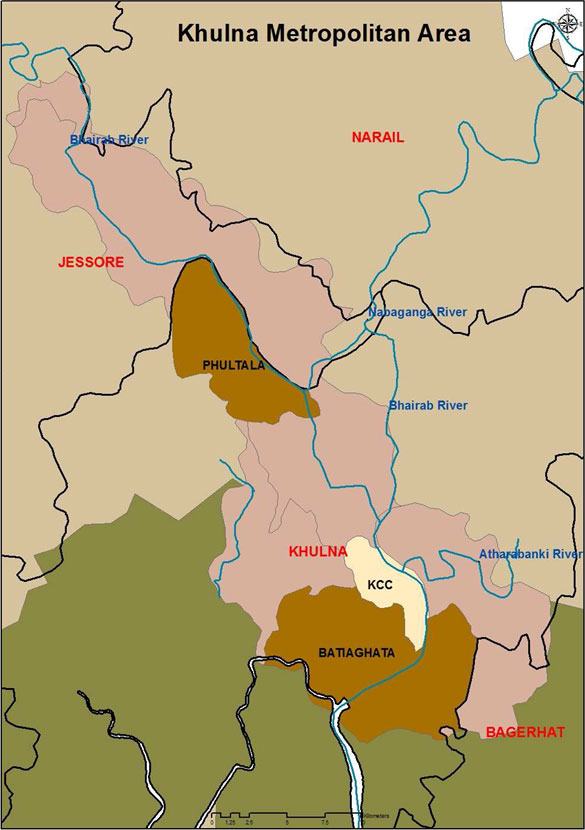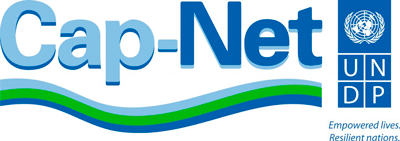About the Project
STUDY SITE
Kolkata
Kolkata is the capital city of the state of West Bengal in India. As of 2011, the city had 4.5 million residents; the urban agglomeration, which comprises the city and its suburbs, was home to approximately 14.1 million people, making it the third-most populous metropolitan area in India. In deltaic south central Kolkata, decreasing groundwater tables, and increasing salinity and arsenic contamination have a direct impact on access to safe drinking water. Industries like Pepsi compete for water with rapidly growing housing complexes, while agriculture suffers from dry spells during summer months. In other areas, such as north Kolkata, high arsenic contamination is presumed to be linked to groundwater depletion. Pressures and conflicts over access to groundwater exist between urban domestic, industrial and rural agricultural users. An exponential growth in private tube wells in peripheral areas around Kolkata has largely benefited better off farmers, but has also contributed to inequity across different class and caste groups, leading to water insecurity.

Khulna
Khulna is the third largest city in Bangladesh. Here, the overexploitation of groundwater in upstream areas has led to the intrusion of saline waters into major groundwater sources and arsenic contamination has been a major problem for urban and peri-urban communities. Recent attempts by the Khulna City Corporation (KCC) to access new groundwater sources for urban water supply from the peri-urban block has led to severe conflict. In peri-urban villages such as those in south Khulna, frequent fights take place amongst the shallow tube well owners with regard to groundwater use for irrigation. The practice of fresh water shrimp farming has created additional pressure on the already strained aquifers, resulting in acute water crises during dry periods. In response to observed limitations in groundwater resources, future urban water supply is expected to come more from surface water reservoirs that are currently under development such as the MayurbatiWater Supply Project. However, it is not yet clear what this will mean for future recharge of, and demands on, groundwater resources.






Follow Us